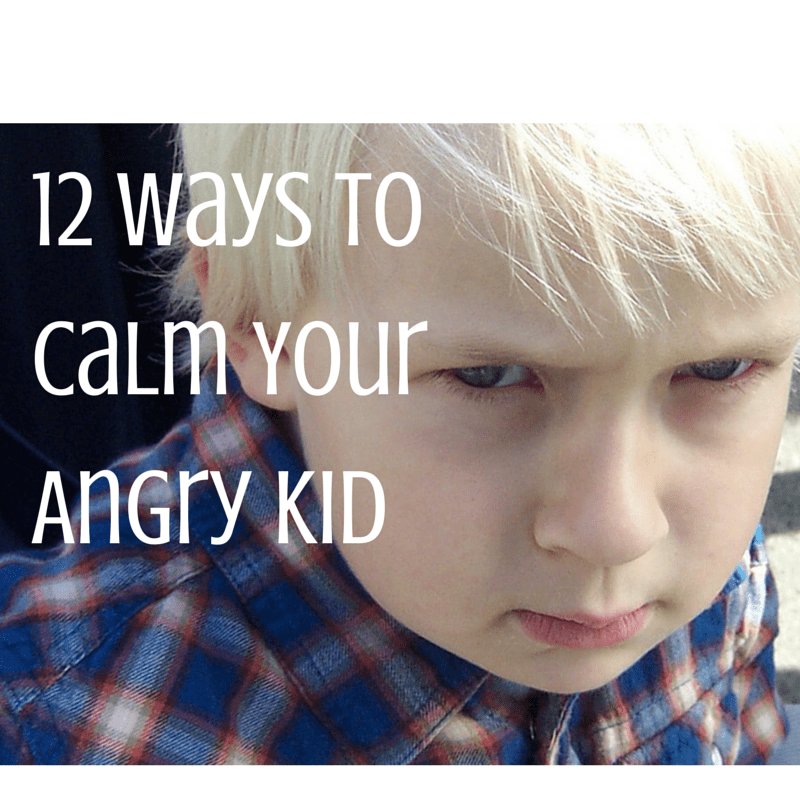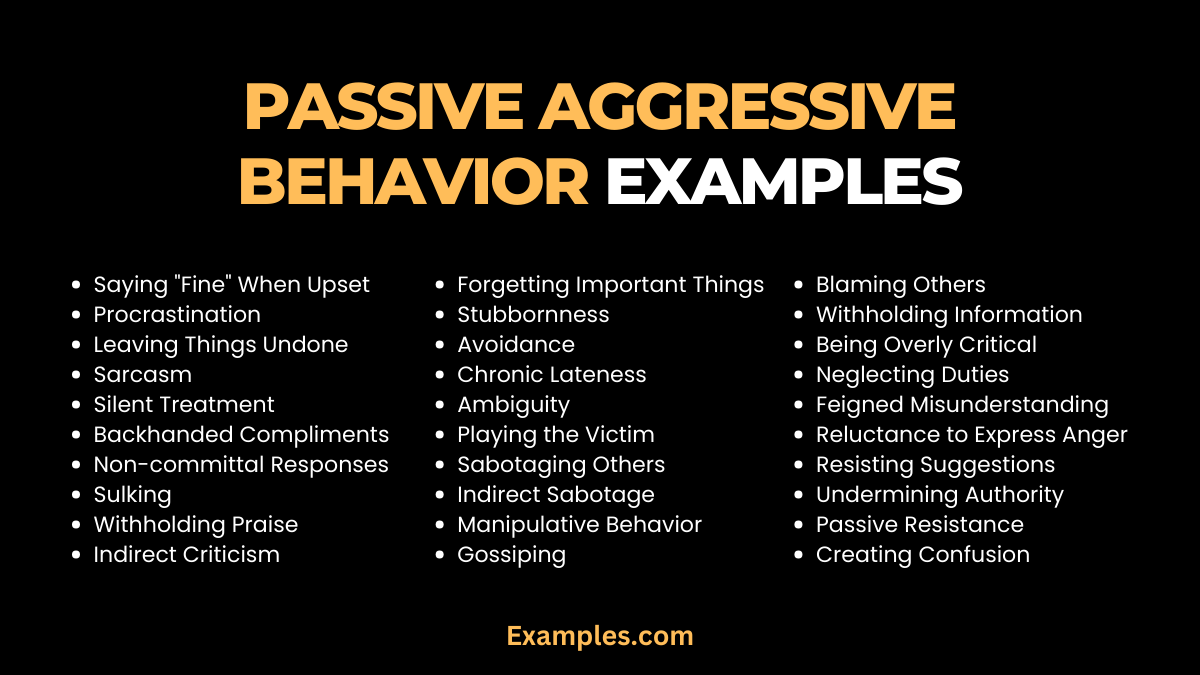Is Your Child A Love Monster? Practical Strategies For Calming Angry Outbursts

Table of Contents
Understanding the "Love Monster": The Roots of Angry Outbursts in Children
Understanding why your child experiences angry outbursts is the first step towards effectively managing them. A child's anger isn't simply bad behavior; it's a complex emotion often rooted in developmental stages, unmet needs, and environmental triggers.
Developmental Stages and Anger
The way anger manifests changes significantly with age. Toddlers, still developing their emotional vocabulary, might express frustration through hitting or screaming. Preschoolers may become more verbally aggressive, while school-aged children might exhibit more withdrawn anger or sulking. Understanding these age-appropriate expressions of child's anger is crucial for tailoring your response.
Identifying Triggers: A Checklist for Parents
Pinpointing the triggers that set off angry outbursts is key. These triggers vary greatly from child to child. Consider the following checklist:
- Frustration with tasks: Struggling with dressing, homework, or other age-appropriate tasks can trigger intense frustration.
- Changes in routine or schedule: Children thrive on predictability. Unexpected changes can easily lead to meltdowns.
- Social interactions: Sibling rivalry, peer conflicts, and social misunderstandings are common triggers for child's anger.
- Sensory sensitivities: Overwhelming sensory input, such as loud noises, bright lights, or strong smells, can trigger outbursts in sensitive children.
- Unmet emotional needs: Feeling unheard, unloved, or ignored can fuel intense anger in children. These unmet needs are often at the core of the "love monster" behavior.
Practical Strategies for Calming Angry Outbursts: Empowering Parents and Children
Managing your child's anger effectively requires a multifaceted approach encompassing proactive strategies, calm responses during outbursts, and post-outburst reflection.
Before the Outburst: Proactive Strategies
Prevention is crucial. Implementing these proactive measures can significantly reduce the frequency and intensity of angry outbursts:
- Creating a calm and predictable environment: Establishing consistent routines and clear expectations creates a sense of security and reduces anxiety.
- Teaching coping mechanisms: Help your child learn and practice calming techniques like deep breathing exercises, counting, or taking a break in a quiet space.
- Using visual aids: Visual timers or charts can help children understand expectations and manage their frustration with tasks.
- Building emotional vocabulary: Help your child develop the language to express their emotions, reducing reliance on angry outbursts as their primary communication method.
During the Outburst: Responding with Calm and Empathy
Remaining calm is paramount during an outburst. Validate your child's feelings, even if you don't condone their behavior.
- Ignoring minor misbehaviors (if safe): Sometimes, ignoring minor attention-seeking behaviors can defuse the situation before it escalates.
- Using calming phrases: Simple phrases like "I see you're angry," or "It sounds like you're feeling frustrated," can acknowledge your child's emotions without judgment.
- Offering physical comfort (hugs, if appropriate): Physical comfort can be soothing, especially for younger children. However, respect your child’s boundaries.
- Creating a safe space: Having a designated calm-down space where your child can retreat to regain control can be extremely helpful.
After the Outburst: Reflection and Repair
Once the outburst subsides, focus on de-escalation, positive reinforcement, and teaching problem-solving skills.
- Talking about the situation calmly: Discuss what happened, helping your child identify their emotions and triggers.
- Helping the child identify their emotions and triggers: Guide them to understand what made them angry and explore alternative ways to handle similar situations.
- Praising efforts at self-regulation: Acknowledge and praise any attempts your child made to calm down, reinforcing positive behaviors.
- Brainstorming strategies to prevent future outbursts: Work together to develop a plan to prevent similar outbursts in the future.
Seeking Professional Help: When to Reach Out for Support
While these strategies are effective for many families, some children require additional support. Consider seeking professional help from a child therapist or counselor if:
- Frequent and severe outbursts: Outbursts occur frequently and severely disrupt daily life.
- Outbursts leading to self-harm or harm to others: If your child’s anger poses a danger to themselves or others.
- Difficulty managing emotions despite implementing strategies: If your efforts to manage your child’s anger are unsuccessful despite your best efforts.
- Underlying mental health concerns: If you suspect an underlying mental health condition is contributing to the anger. A professional can assess for conditions like ADHD or anxiety. Keywords like "anger management for kids" and "emotional regulation therapy" can help you find appropriate resources.
Conclusion
Successfully navigating your child's "love monster" moments requires a combination of understanding, proactive strategies, and responsive techniques. By understanding the underlying causes of your child's angry outbursts and using a combination of the methods outlined above—from creating calming environments to employing effective calming techniques during outbursts and fostering post-outburst reflection—you can build stronger emotional regulation skills in your child. Remember to seek support from a professional if needed. By understanding your child's "love monster" and implementing these techniques, you can create a calmer, more loving home environment and help your child develop healthy ways to manage their emotions. Don’t hesitate to seek help with managing your child's anger, and remember that you are not alone in this journey. Start implementing these strategies today to improve your family’s ability to deal with childhood anger and promote a harmonious family life. Learning to understand and manage calming children's outbursts is an investment in your child's emotional well-being and your family's happiness.

Featured Posts
-
 Safety First Preparing For Strong Winds And Severe Storms
May 21, 2025
Safety First Preparing For Strong Winds And Severe Storms
May 21, 2025 -
 Sasol Sol Strategy Update Investors Demand Answers
May 21, 2025
Sasol Sol Strategy Update Investors Demand Answers
May 21, 2025 -
 Le Port De La Croix Catholique Au College De Clisson Un Enjeu Pour La Laicite
May 21, 2025
Le Port De La Croix Catholique Au College De Clisson Un Enjeu Pour La Laicite
May 21, 2025 -
 Love Monster A Parents Guide To Understanding And Managing Aggressive Behavior In Children
May 21, 2025
Love Monster A Parents Guide To Understanding And Managing Aggressive Behavior In Children
May 21, 2025 -
 Understanding The Humor And Heart Of The Goldbergs
May 21, 2025
Understanding The Humor And Heart Of The Goldbergs
May 21, 2025
